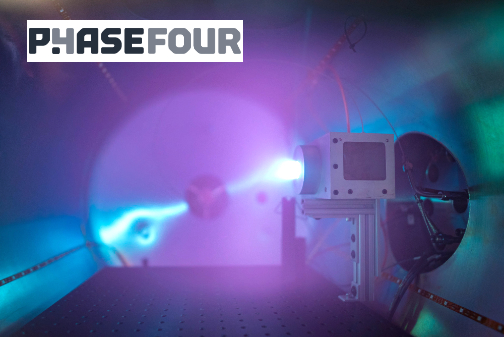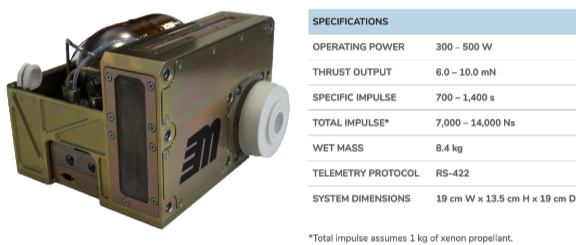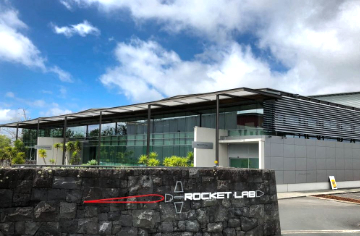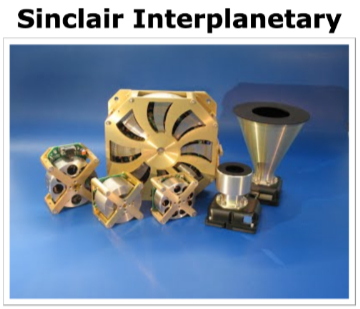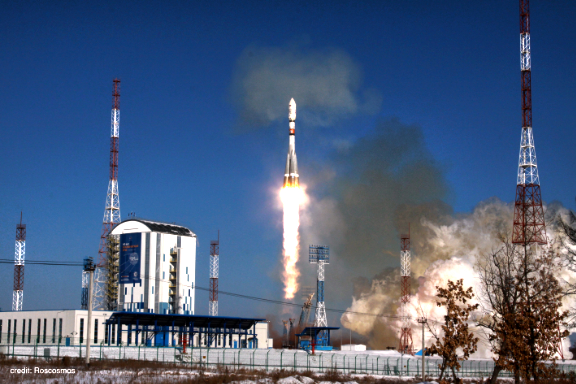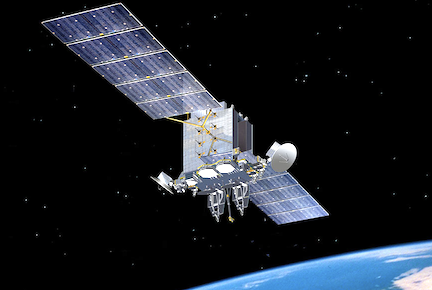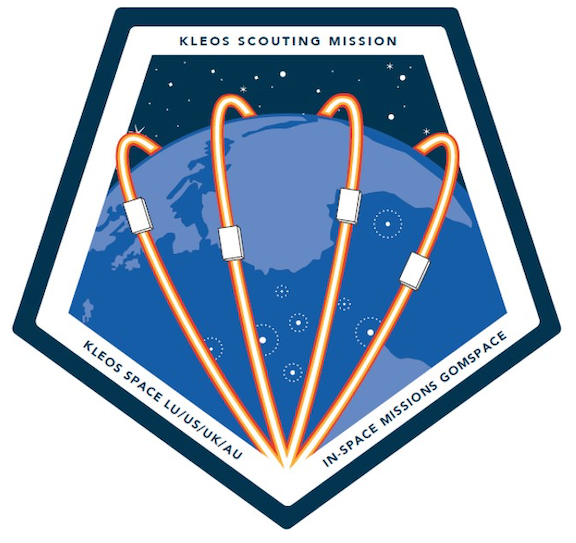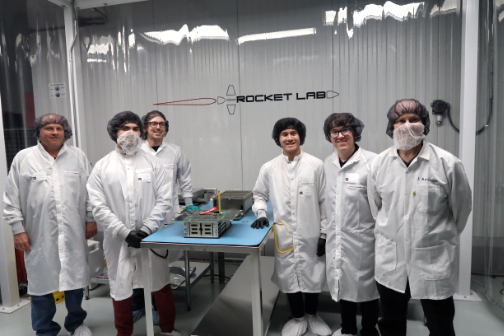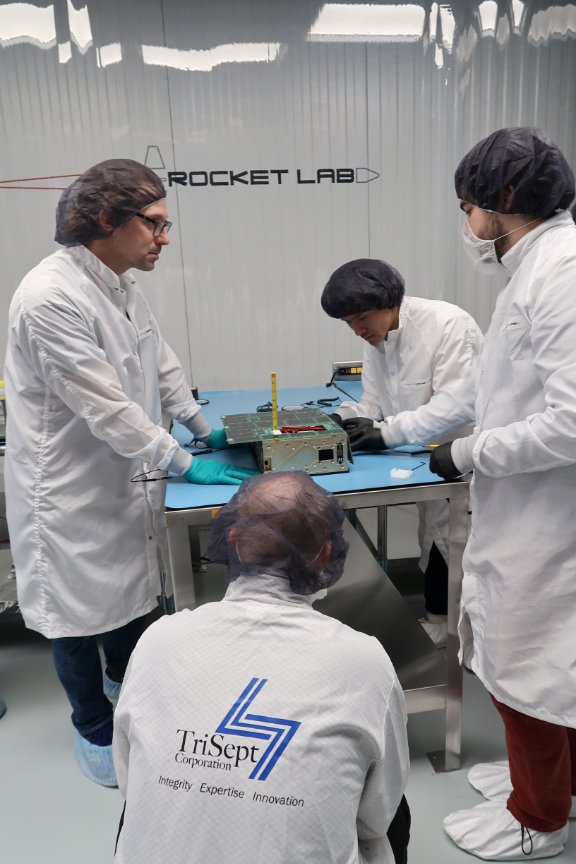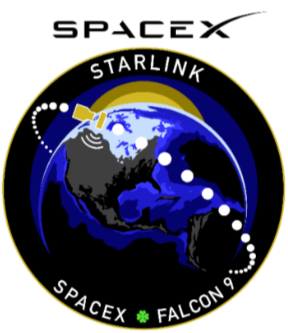
At 8:16 a.m. EDT, or 12:16 UTC, on Wednesday, March 18, SpaceX launched their sixth Starlink mission.
The company’s Falcon 9 launch vehicle lifted off from Launch Complex 39A (LC-39A) at NASA’s Kennedy Space Center in Florida.
Falcon 9’s first stage previously supported the Iridium-7 NEXT mission in July of 2018, the SAOCOM 1A mission in October of 2018, the Nusantara Satu mission in February of 2019, and the second launch of Starlink in November of 2019. Falcon 9’s fairing previously supported the first launch of Starlink in May 2019.
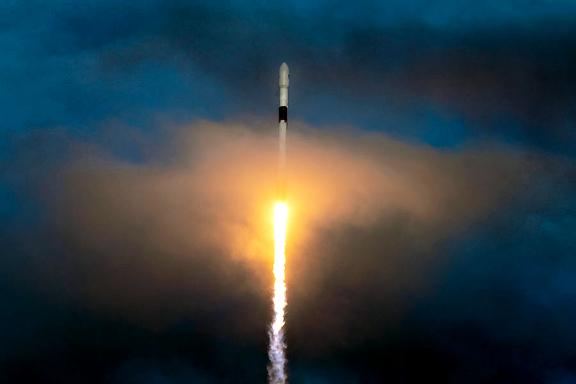
The 6th SpaceX Falcon launch of 60 Starlink satellites from NASA’s Kennedy Space Center in Florida.
The Starlink satellites deployed in an elliptical orbit approximately 15 minutes after liftoff. Prior to orbit raise, SpaceX engineers conducted data reviews to ensure all Starlink satellites are operating as intended. Once the checkouts are complete, the satellites will then use their onboard ion thrusters to move into their intended orbits and an operational altitude of 550 km.
Watch a video replay of this launch’s webcast at this direct link…
The recovery attempt of the launch vehicle’s first stage was not successful.




